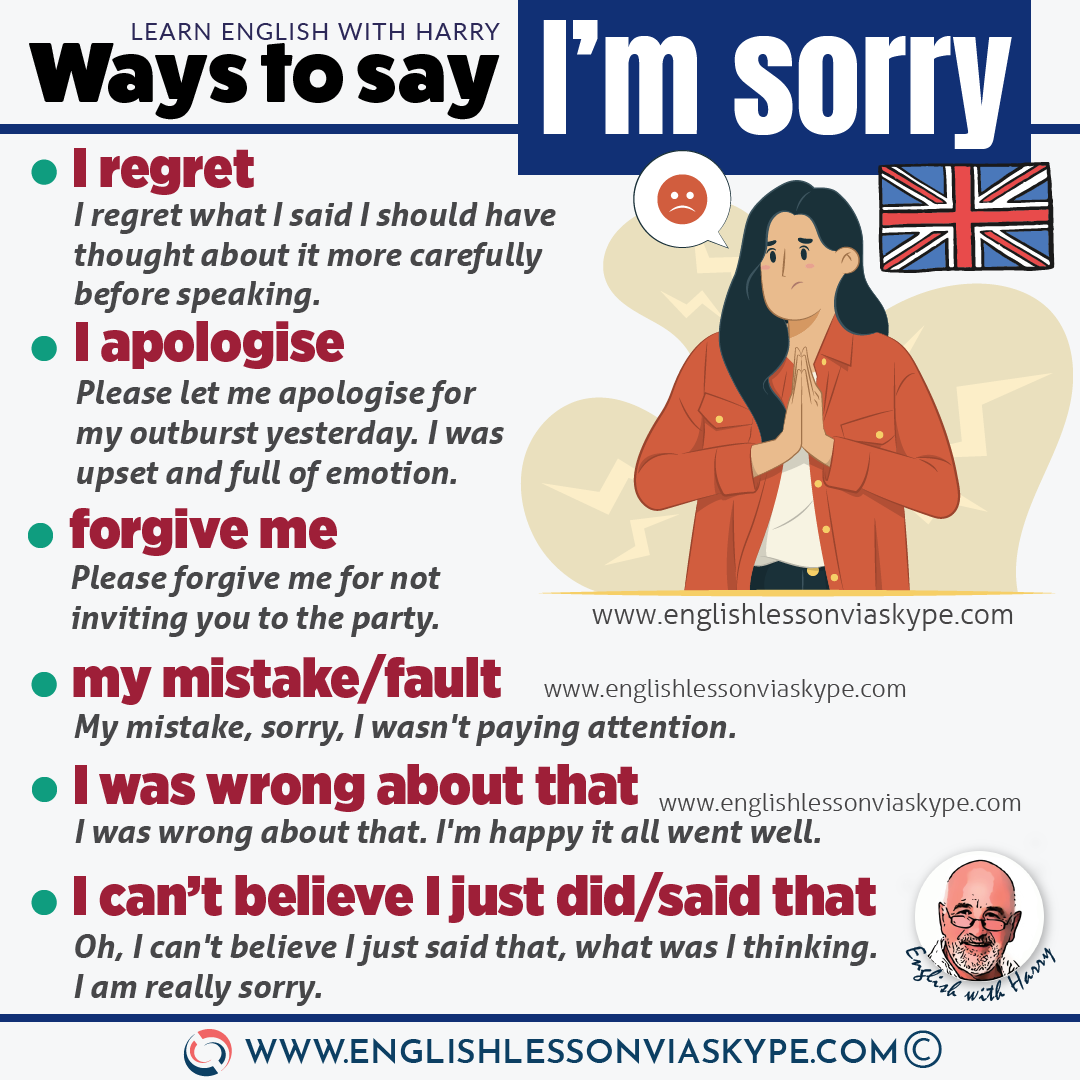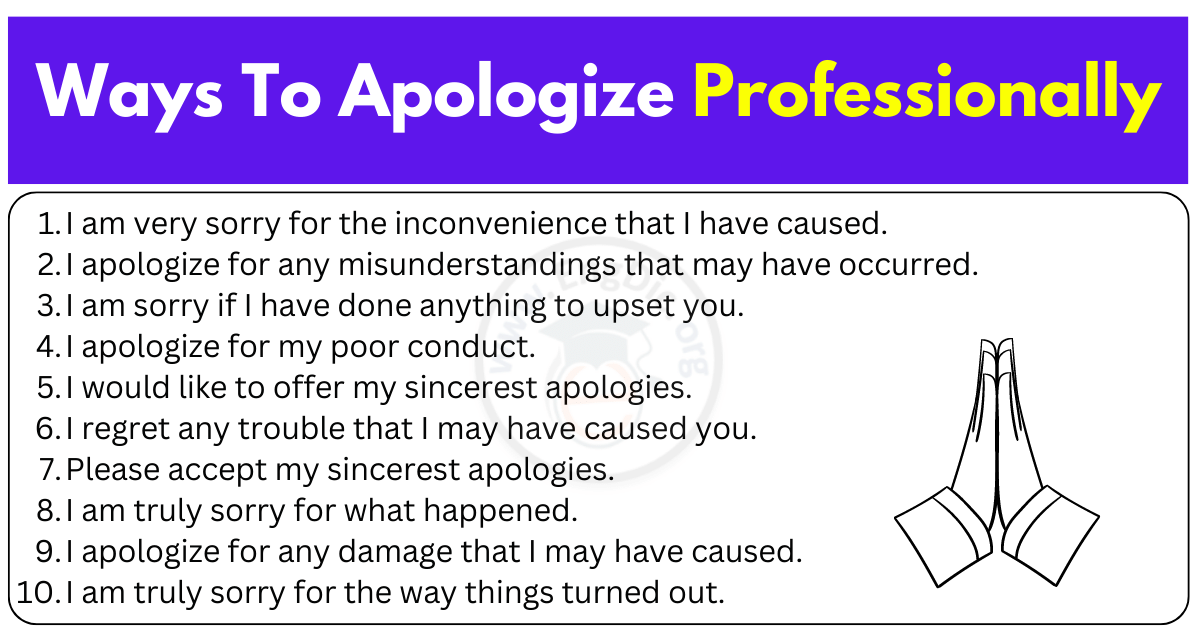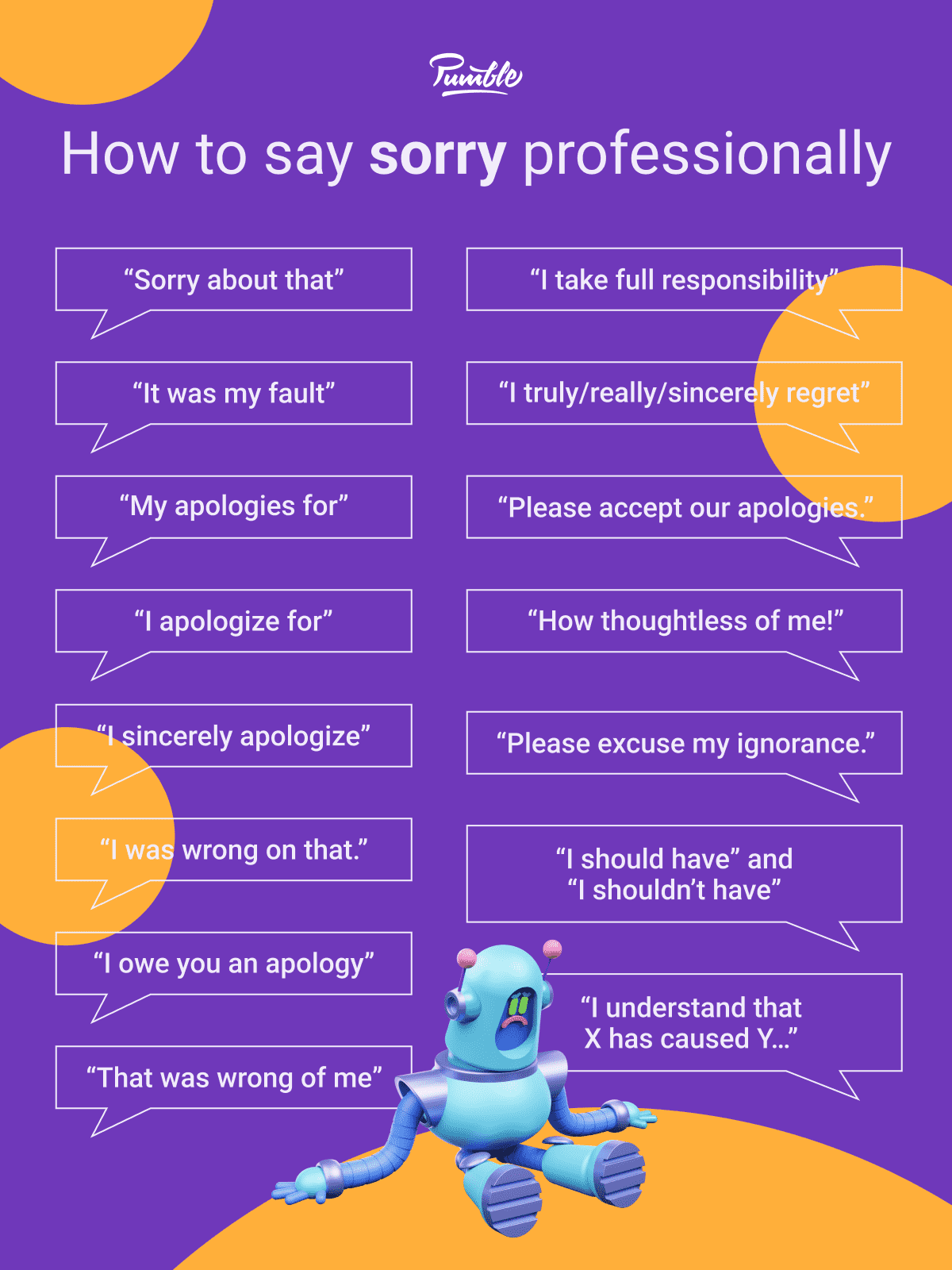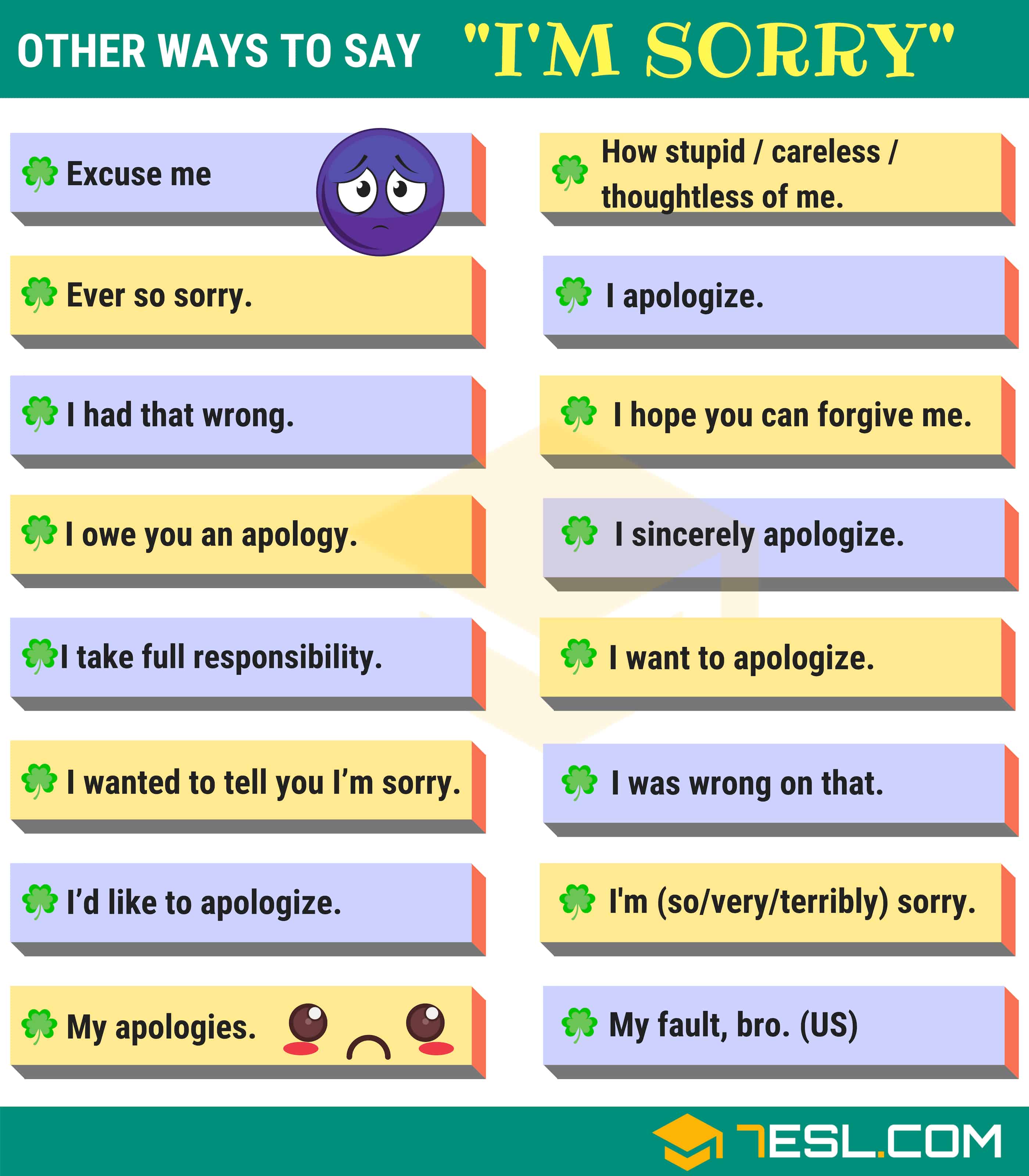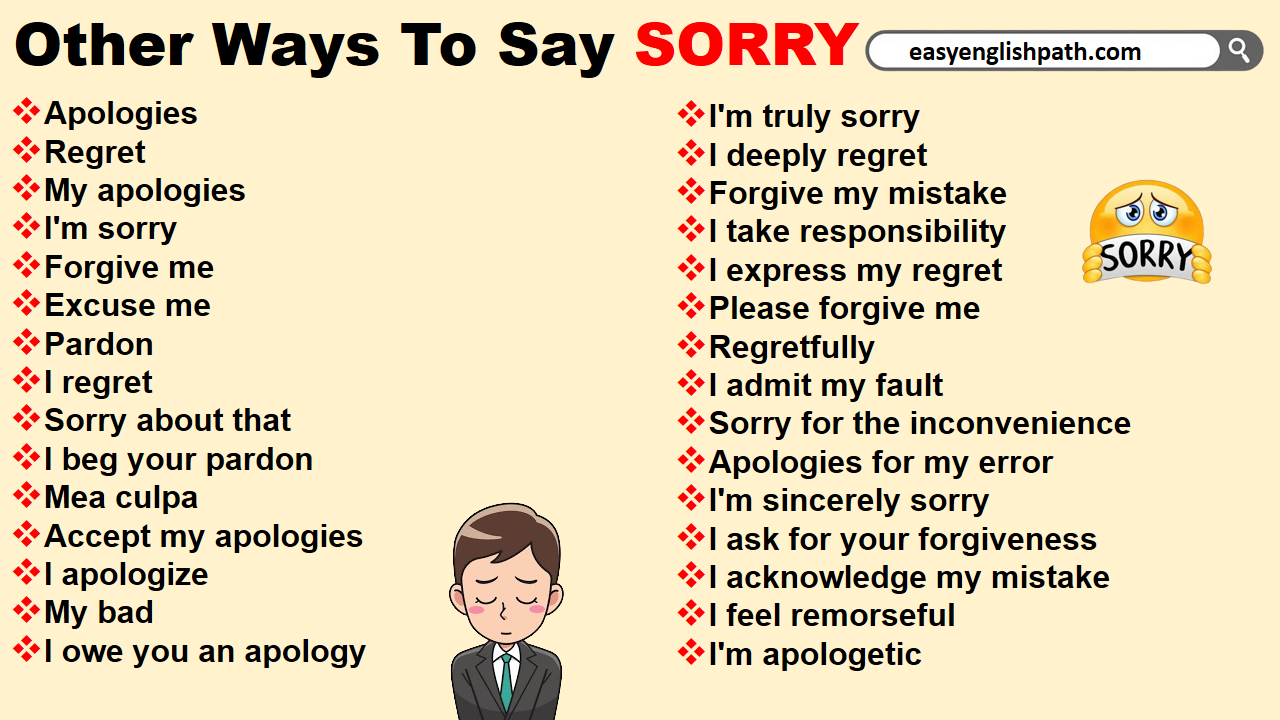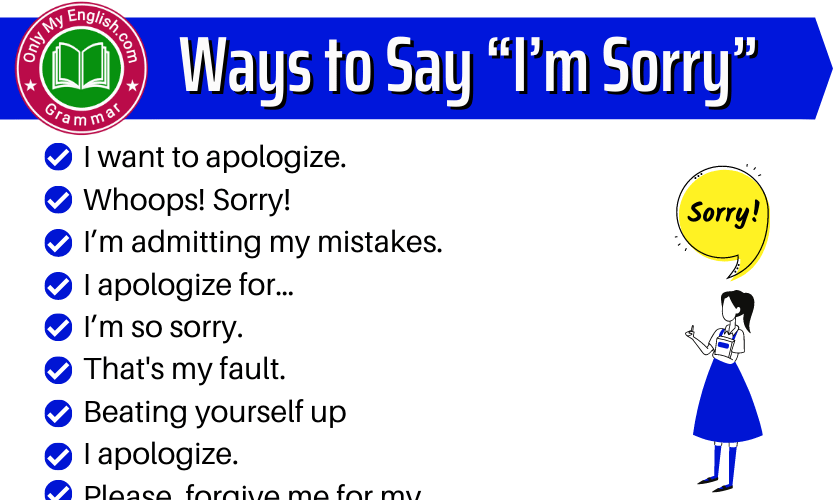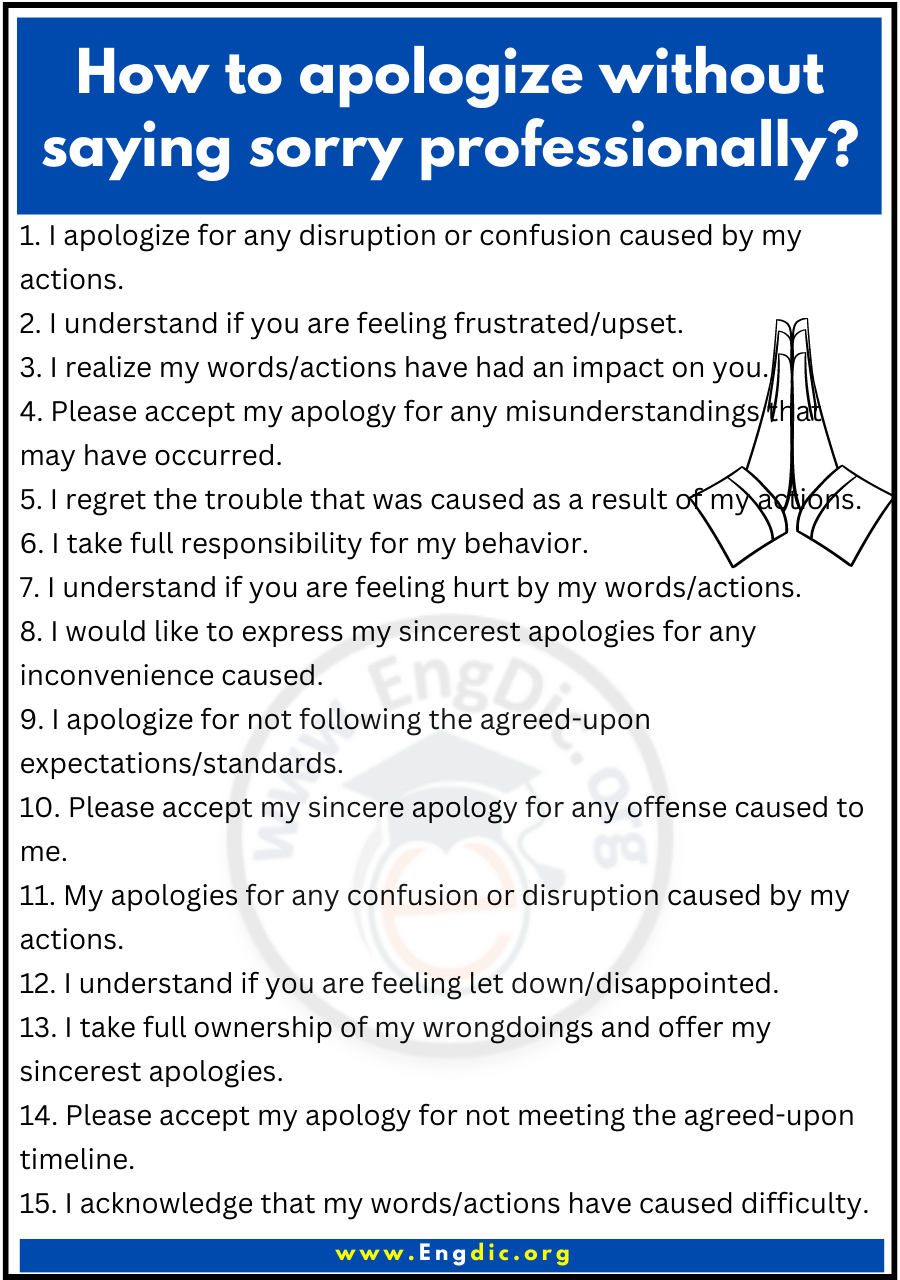How To Say Sorry Without Admitting Fault

In today's increasingly litigious society, uttering the words "I'm sorry" can feel like navigating a minefield. Many worry that expressing regret, even in a seemingly minor situation, could be interpreted as an admission of guilt, leading to potential legal or professional repercussions.
This perceived risk has fueled a growing interest in crafting apologies that convey empathy and understanding without explicitly accepting blame. This article explores the art of the non-apology apology, examining the motivations behind its use, the techniques involved, and the potential pitfalls of attempting to express remorse without admitting fault. We will also delve into the ethical considerations surrounding this delicate balancing act.
Understanding the Non-Apology Apology
The "non-apology apology" is a statement that expresses sympathy or regret for a situation without explicitly accepting responsibility for causing it. Common phrases include "I'm sorry you feel that way," or "I regret that this happened," which focus on the recipient's emotions or the unfortunate outcome rather than acknowledging personal culpability. According to a 2022 study by the Harvard Business Review, these types of statements are often used in corporate communications and public relations to manage reputational risk after a negative event.
The motivation behind using a non-apology apology often stems from legal concerns or fear of professional repercussions. Businesses, in particular, may be advised by legal counsel to avoid admitting fault in order to minimize the risk of lawsuits or financial penalties. However, personal relationships can also be the stage for these non-apologies, motivated by ego or a desire to avoid conflict.
Techniques for Expressing Regret Without Admitting Fault
Several techniques can be employed to convey empathy and understanding without explicitly accepting blame. One common approach is to focus on the impact of the situation on the other person. For example, instead of saying "I'm sorry I was late," one might say "I understand that my lateness caused you inconvenience, and I regret that."
Another tactic involves expressing sympathy for the situation itself, rather than taking ownership of the problem. Using the phrase "I'm sorry that happened to you" shows care and concern without implying responsibility. Focusing on future solutions can also redirect the conversation away from blame. For example, stating "Let's discuss how we can prevent this from happening again" shifts the emphasis to proactive problem-solving.
The Importance of Tone and Sincerity
Regardless of the specific wording used, the tone and sincerity of the apology are crucial. A non-apology delivered with genuine empathy can be far more effective than a forced and insincere admission of guilt. According to Psychology Today, non-verbal cues like eye contact and body language play a significant role in conveying sincerity.
Conversely, a poorly executed non-apology can come across as dismissive, insincere, or even condescending. This can further damage relationships and exacerbate the situation. Therefore, it's essential to carefully consider both the words used and the manner in which they are delivered.
Ethical Considerations and Potential Pitfalls
The use of non-apology apologies raises ethical questions about honesty and accountability. While avoiding legal liability may be a legitimate concern, some argue that true apologies require acknowledging wrongdoing and taking responsibility for one's actions. The effectiveness of a non-apology apology is largely dependent on the context and the recipient's perception.
In some cases, it may be perceived as a cop-out or an attempt to avoid genuine accountability. Furthermore, overuse of non-apology apologies can erode trust and damage relationships in the long run. A 2021 study published in the Journal of Social Psychology found that individuals who consistently offer non-apologies are often perceived as less trustworthy and less empathetic.
Furthermore, the legal effectiveness of a non-apology apology is not always guaranteed. While the intention may be to avoid admitting fault, a skilled lawyer may still be able to use such statements against you in court. Careful consideration should be given to the potential legal ramifications before offering any form of apology, even a non-apology.
Moving Forward: Balancing Empathy and Accountability
The art of the non-apology apology lies in finding a balance between expressing empathy and protecting oneself from potential negative consequences. While it can be a useful tool in certain situations, it's important to approach it with caution and awareness of its potential pitfalls. Ultimately, genuine sincerity and a commitment to resolving the underlying issue are often the most effective ways to repair damaged relationships and move forward.
As society becomes increasingly aware of the nuances of communication, the demand for transparent and accountable apologies is likely to grow. Therefore, while the non-apology apology may continue to have a place in certain contexts, it should not be viewed as a substitute for genuine remorse and a willingness to take responsibility for one's actions.

